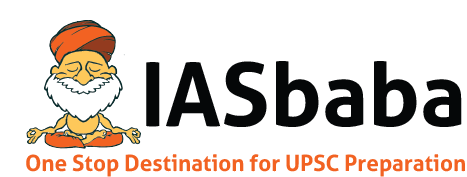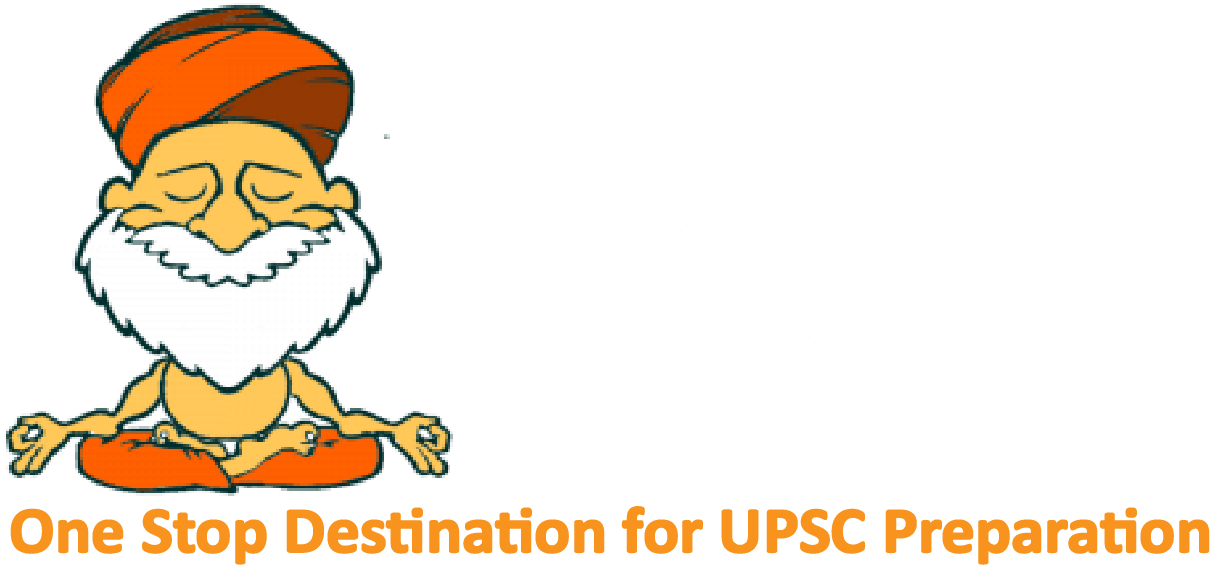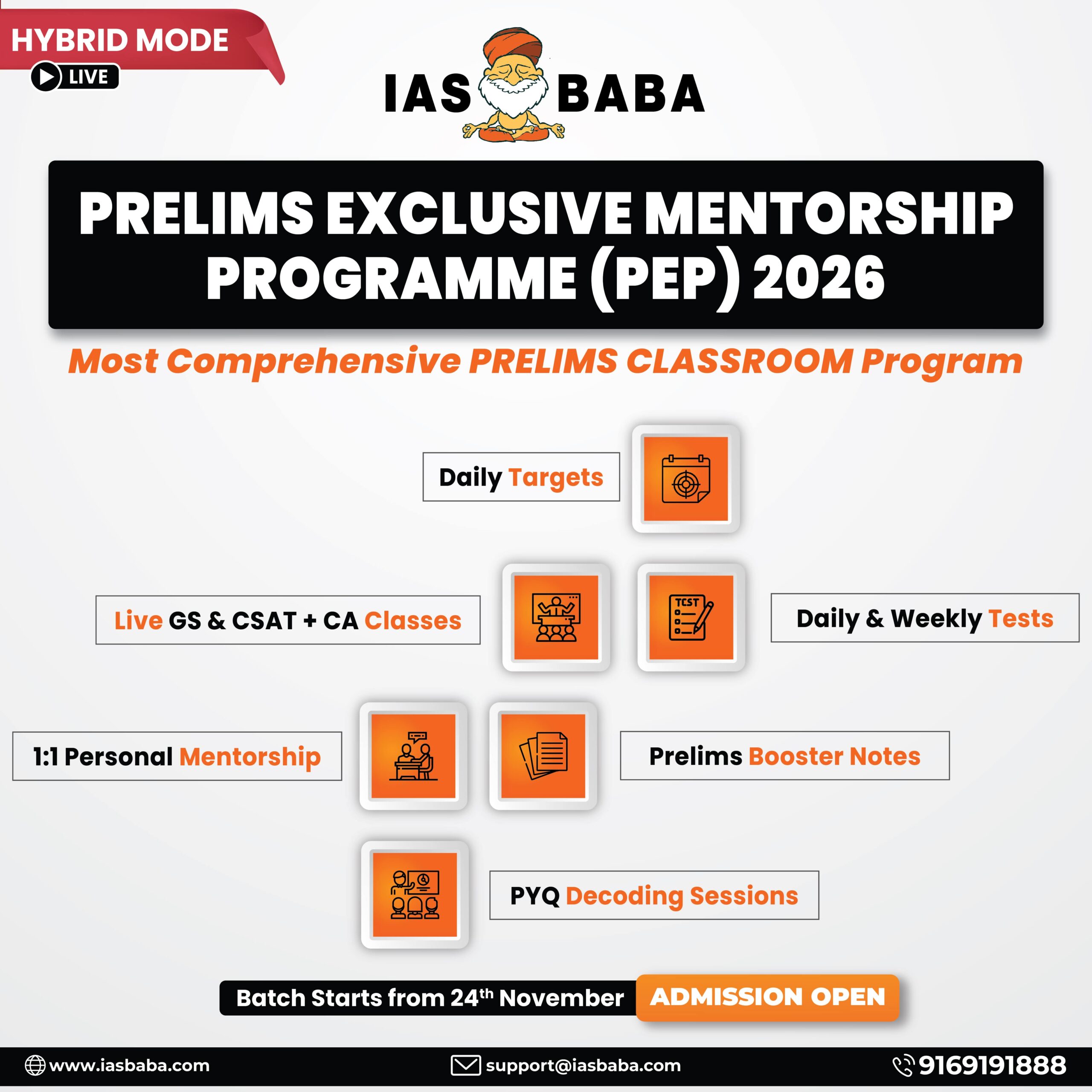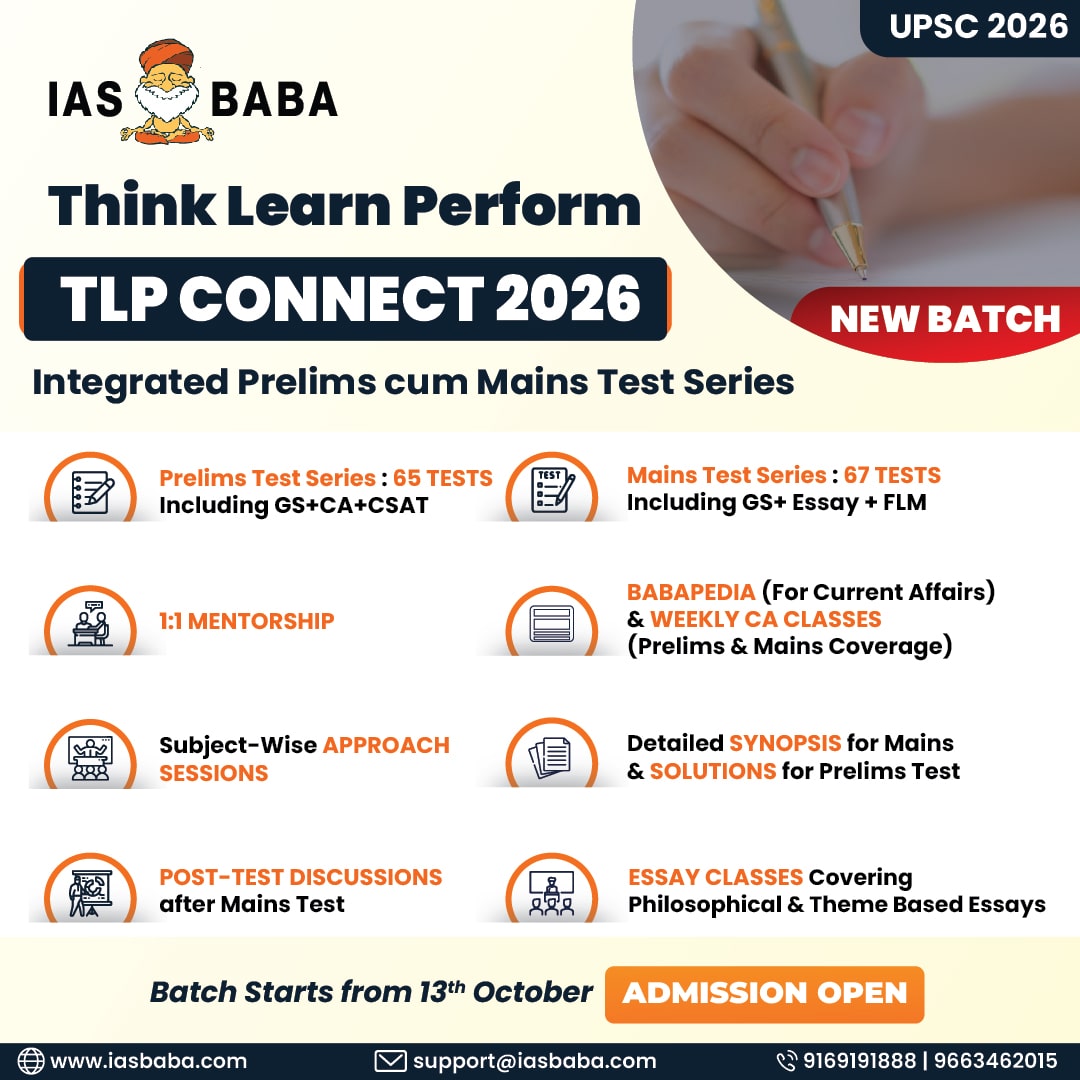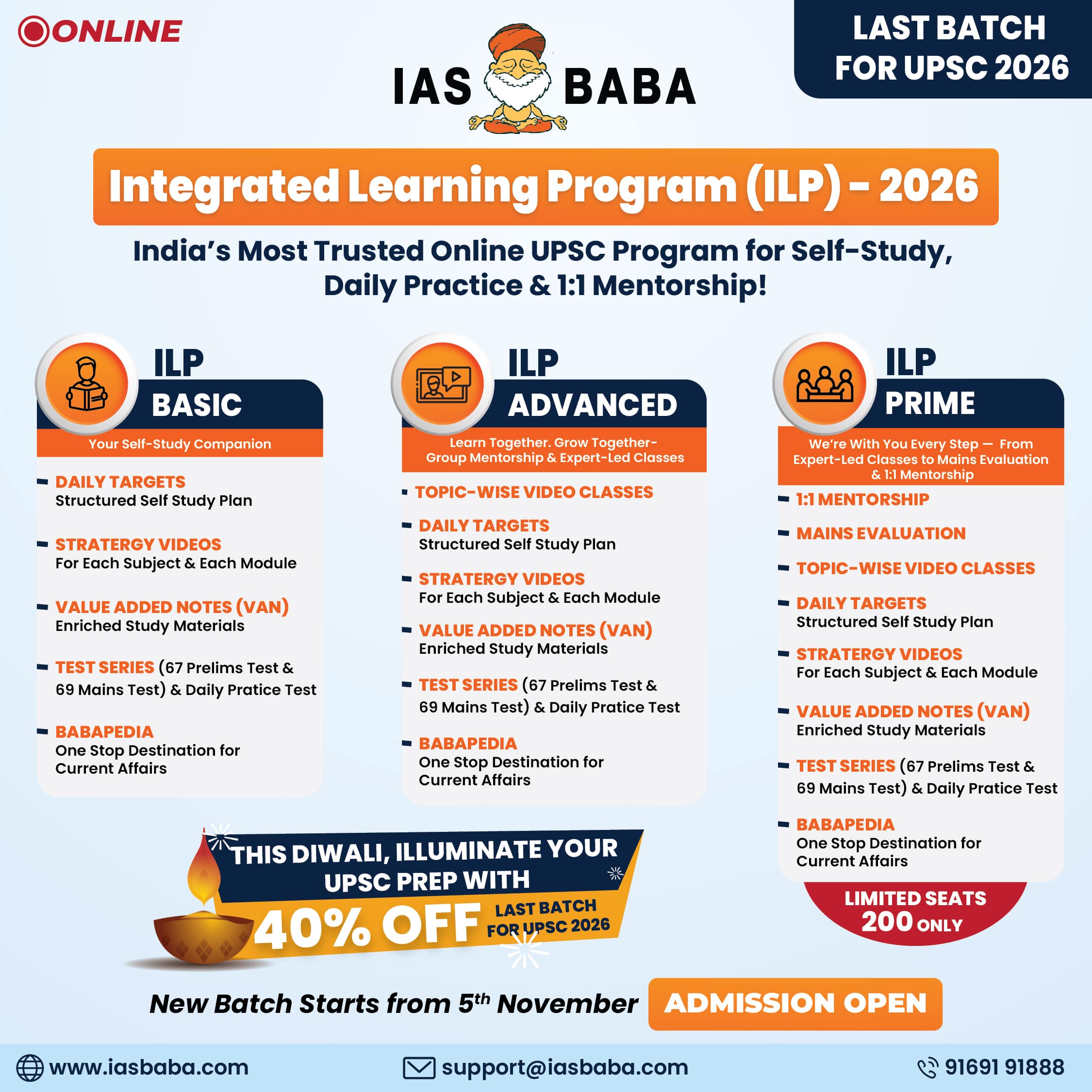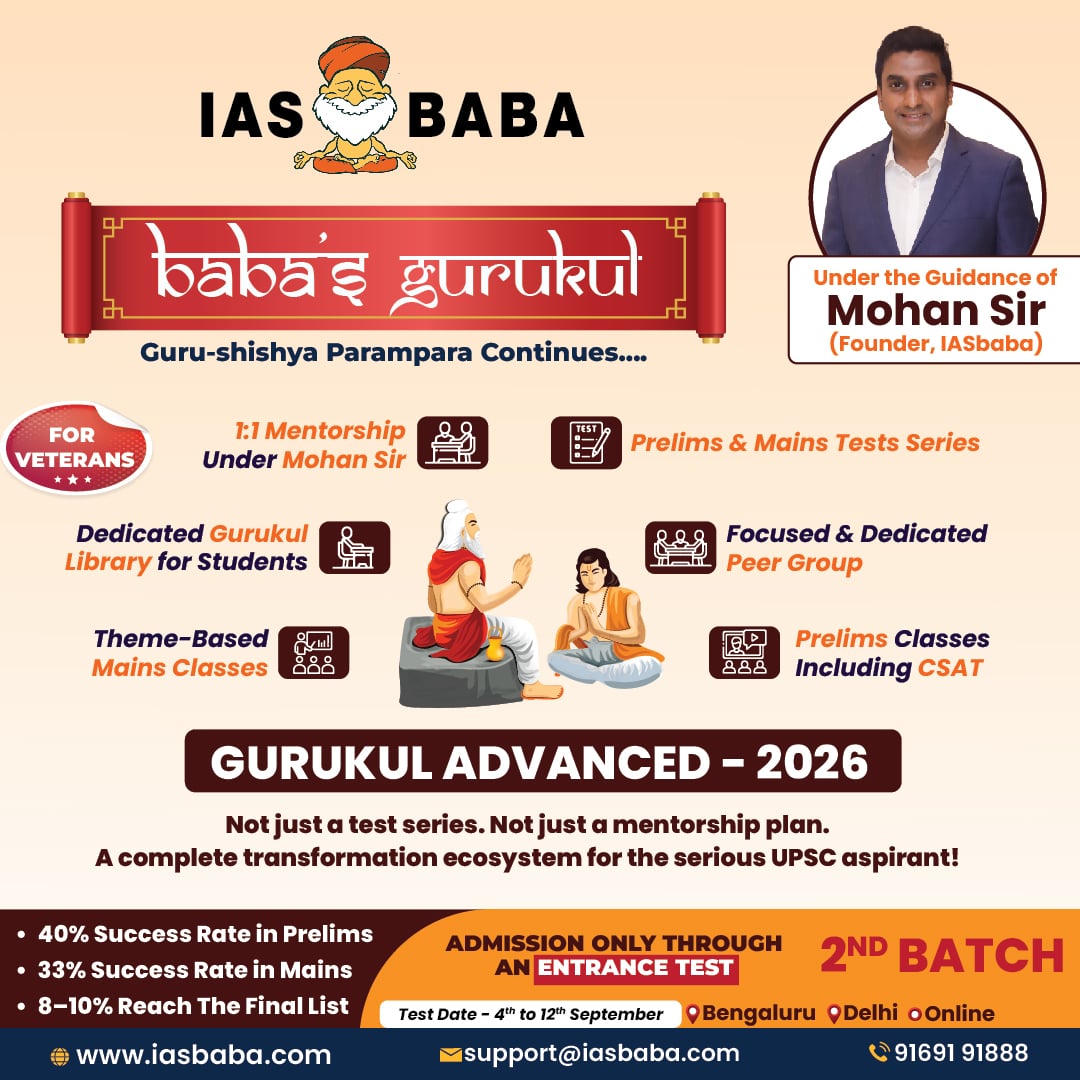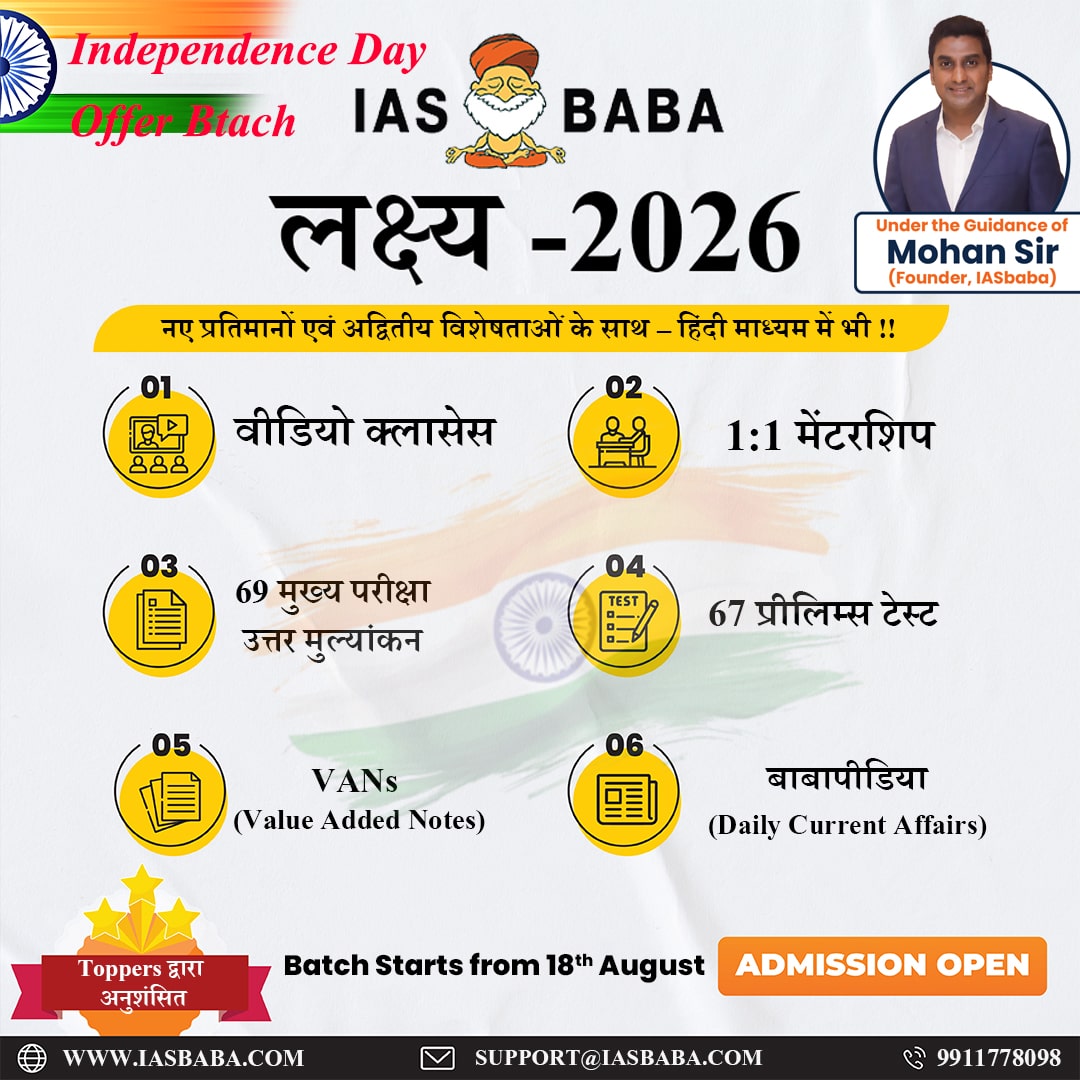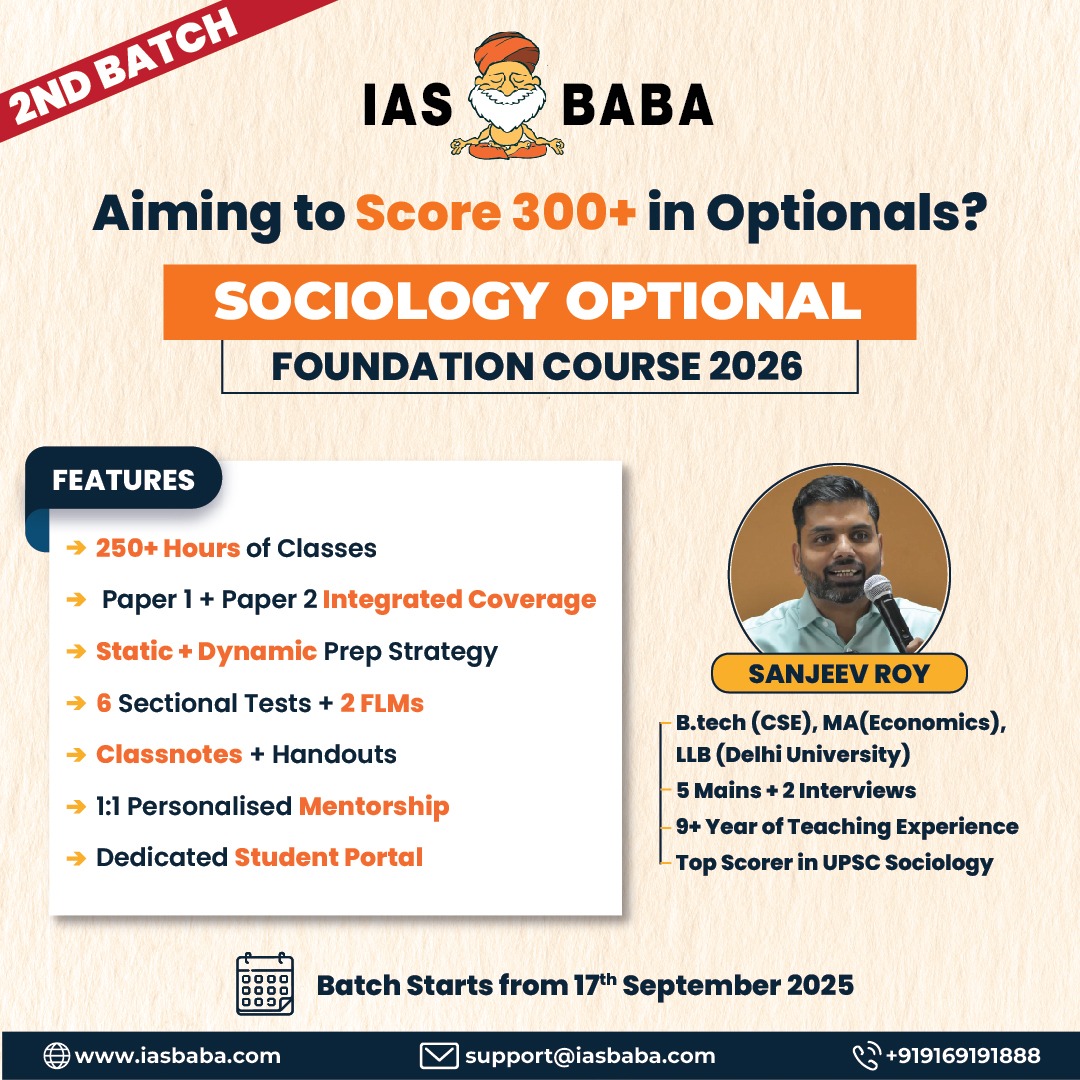IASbaba's Daily Current Affairs Analysis
Archives
(PRELIMS & MAINS Focus)
Category: NATIONAL
Context: The National Human Rights Commission (NHRC) has sought for an Action Taken Report from Odisha Chief Secretary on the precarious living condition, lack of basic amenities and necessities of life of more than 10,000 families from “Dongria Kondh” Community.
Decoding the context: While 62 tribal groups reside in Odisha, 13 of them are recognised as PVTGs. 2011 Census, Odisha’s share of the country’s total tribal population was 9 per cent as per the 2011 census. Tribal settlers comprised 22.85 per cent of the State’s population.
Learning Corner:
- Dongria Kondh is an indigenous tribal group living in the Niyamgiri Hills of Rayagada and Kalahandi districts in Odisha.
- They are a subgroup of the Kondh tribe, and are listed as a Particularly Vulnerable Tribal Group (PVTG) by the Ministry of Tribal Affairs, Government of India.
- Population: Approximately 8,000–10,000 people.
Key Features:
- Livelihood: Subsistence farming (horticulture, shifting cultivation), collection of forest produce (like turmeric, honey, wild roots).
- Religion & Culture:
- Worship the Niyam Raja, their ancestral deity believed to reside in the Niyamgiri hills.
- Follow traditional animistic beliefs with minimal external religious influence.
- Language: Kui (a Dravidian language, though the Dongrias themselves do not have a written script).
- Society: Clan-based, matrilineal elements, rich in traditional ecological knowledge.
Legal and Environmental Significance:
- Gained national attention for opposing bauxite mining in the Niyamgiri hills by Vedanta Resources in early 2000s.
- In 2013, the Supreme Court of India upheld the rights of Dongria Kondh under the Forest Rights Act (2006), allowing them to decide on mining through Gram Sabha consultations.
Particularly Vulnerable Tribal Groups (PVTGs)
- Initially categorized as Primitive Tribal Groups (PTGs) in 1975 by the Government of India, renamed as PVTGs in 2006.
- The criteria for identifying Particularly Vulnerable Tribal Groups are: –
- Pre-agricultural level of technology,
- Low level of literacy,
- Economic backwardness,
- A declining or stagnant population.
- Key Facts:
- Number of PVTGs in India: 75 tribes across 18 States and UT of Andaman & Nicobar Islands.
- Highest number of PVTGs: Odisha (13 groups, including Dongria Kondh, Bonda, Juang, etc.)
Source : Statesman
Category: NATIONAL
Context: The Department of Consumer Affairs (DoCA) last week announced that a report for a “Framework on Repairability Index (RI) in Mobile and Electronic Sector” had been submitted to the government.
Decoding the context: Under the RI, consumer electronics and electronic appliances would be assigned a score depending on how easy they are to repair by evaluating products under criteria like availability of spare parts, cost of repair, software updates, and availability of information.
Learning Corner:
- The Right to Repair (RTR) movement advocates for consumers right to repair devices without manufacturer-imposed restrictions, promoting access to spare parts, tools, and repair information.
Key Developments in India
- Right to Repair Portal India (2022):
- Launched by DoCA in 2022, the portal facilitates repair-related information sharing across four sectors: automobiles, mobile and electronics, consumer durables, and farming equipment.
- As of 2025, 65+ companies, including 23 in mobile and electronics, have onboarded, providing details on authorized repairers, spare parts, and manuals.
- Repairability Index (RI) Framework (2025):
- The May 2025 report recommends that Original Equipment Manufacturers (OEMs) self-declare an RI score for smartphones and tablets, displayed at points of sale, e-commerce platforms, and via QR codes on packaging.
- This aims to empower consumers to choose repairable products, addressing the 20% rise in repair complaints.
Significance
- Consumer Empowerment: RTR lowers repair costs, extends device lifespans, and offers consumers the choice of independent repair shops, reducing dependency on OEMs.
- Environmental Impact: By promoting repairs, RTR addresses India’s e-waste crisis, supporting a circular economy (SDG 12: Responsible Consumption).
- Economic Benefits: Enhances local repair industries, creating jobs (e.g., third-party repair shops) and supporting Atmanirbhar Bharat by positioning India as a potential global repair hub.
- Global Alignment: India’s RTR framework mirrors global practices—e.g., EU’s Right to Repair Rules (2019), UK’s 2021 Regulations (spare parts for 10 years), and the U.S. Fair Repair Act (2022)—but adapts them to local needs without additional compliance burdens on manufacturers.
Source : The Hindu
Category: SCIENCE & TECHNOLOGY
Context: India is engaging with the Chinese government to navigate export restrictions on germanium, a critical mineral that is used in manufacturing of semiconductors, fiber optic cables and solar panels.
Decoding the context: The export restrictions for the element — over half of its annual output comes from China — may have caused some friction in electronics manufacturing and other industries that require the element.
Learning Corner:
- Germanium (Ge) is a rare, lustrous, gray-white metalloid.
- It is not a free metal found in nature but is primarily obtained as a by-product of zinc mining and coal fly ash.
- It is part of the critical and strategic minerals list due to its high-tech and defense applications.
Key Uses of Germanium
- Semiconductors – Used in transistors and diodes due to its high electrical conductivity.
- Fiber Optic Cables – Its high refractive index makes it ideal for optical fibers, minimizing signal loss over long distances.
- Solar Panels – Especially used in space-grade solar cells (high efficiency).
- Infrared Optics – Germanium lenses are crucial in night-vision devices, thermal imaging, and surveillance systems.
- LEDs & Photodetectors – Used in optoelectronic devices.
Germanium & Strategic Importance
- Recognized as a critical mineral by countries like the USA, EU, Japan, and India.
- Crucial for telecommunications, defense, and renewable energy.
Global Production
- China is the largest producer and exporter of Germanium, accounting for over 60% of the global supply.
- Other producers include Russia, Canada, Belgium, and the USA.
- In July 2023, China imposed export restrictions on Germanium and Gallium, citing “national security” — a move seen as a response to U.S. chip sanctions.
India and Germanium
- India does not currently produce Germanium at commercial scale. However, trace reserves are found in zinc smelting plants and coal fly ash.
- India has included Germanium in its list of 30 critical minerals (under Ministry of Mines).
Source : The Hindu
Category: ECONOMY
Context: The Central Consumer Protection Authority (CCPA) is coming down hard on online platforms that violate customer rights, either by using dark patterns or not providing full information about the money they seek from customers.
Decoding the context: The Central Consumer Protection Authority (CCPA) has identified 13 dark patterns to protect consumers from unfair and deceptive practices in e-commerce, including basket sneaking and confirm shaming.
Learning Corner:
- Dark patterns are deceptive user interface designs that manipulate users into actions they might not have intended, such as making unintended purchases or sharing personal data.
- Coined by Harry Brignull in 2010, dark patterns exploit cognitive biases to trick users into decisions that benefit businesses, often at the expense of consumer autonomy.
- Impact in India:
- With 850 million internet users (TRAI, 2025), e-commerce penetration is high (projected $200 billion market by 2026, IBEF).
- Dark patterns erode trust, increase financial losses (online shoppers faced hidden charges) and disproportionately affect rural users due to low digital literacy.
Basket Sneaking:
- Definition: Basket sneaking involves adding unwanted items or services to a user’s cart during checkout without explicit consent, often buried in fine print or pre-checked boxes.
- Example: An e-commerce platform automatically adds a ₹500 warranty or a ₹200 donation to a user’s cart, requiring them to manually opt out.
- Impact: Violates consumer autonomy, increases costs, and exploits inattention.
Confirm Shaming:
- Definition: Confirm shaming uses guilt or shame to pressure users into a choice by framing the alternative negatively.
- Example: A subscription pop-up might say, “Get Premium for ₹99/month” with a “No, I don’t want to save money” decline option, making users feel foolish for opting out.
- Impact: Manipulates user psychology, reducing informed decision-making. It’s particularly harmful in India, where cultural norms around shame amplify its effect, especially among first-time digital users.
Indias Regulatory Regime
- Dark patterns encompass a wide range of manipulative practices which fall under the category of “unfair trade practices” as defined in the Sub-section 47 under Section 2 of the Consumer Protection Act, 2019.
- The CCPA, in exercise of the powers conferred by Section 18 of the Consumer Protection Act, 2019, has issued “Guidelines for Prevention and Regulation of Dark Patterns, 2023” for prevention and regulation of dark patterns listing 13 specified dark patterns identified in e-Commerce sector.
- 13 specified dark patterns: false urgency, Basket Sneaking, Confirm shaming, forced action, Subscription trap, Interface Interference, Bait and switch, Drip Pricing, Disguised Advertisements, Nagging, Trick Wording, Saas Billing and Rogue Malwares.
Source : Business Standard
Category: SCIENCE & TECHNOLOGY
Context: The Union government has approved an additional 2.8 million tonnes of Food Corporation of India (FCI) rice for ethanol production in 2024-25, raising the total allocation to 5.2 million tonnes despite ongoing concerns over the diversion of food grains for fuel instead of food security.
Decoding the context: Of the total amount of rice sanctioned under the Union government’s Ethanol Blended Petrol (EBP) programme, distilleries had already lifted approximately one million tonnes.
Learning Corner:
- Ethanol (C₂H₅OH), also called ethyl alcohol, is a clear, colorless alcohol.
- Ethanol is one of the primary biofuels, naturally produced through the fermentation of sugars by yeasts or through petrochemical processes like ethylene hydration.
- It is widely used not only as an alternative fuel source but also in various industries as a chemical solvent and in the synthesis of organic compounds.
- Ethanol also has medical applications as an antiseptic and disinfectant, adding to its versatile uses.
- In India, it is primarily derived from first-generation (1G) sources—sugarcane molasses, surplus rice, and maize—though second-generation (2G) technologies using non-food biomass (e.g., rice straw, bagasse) are promoted for sustainability.
3rd and 4th Generation Ethanol sources
- Third-Generation Ethanol source: Uses algae and aquatic biomass (like cyanobacteria and microalgae) as the raw material.
- Fourth-Generation Ethanol source: Builds upon third-generation sources but includes genetically modified (GM) organisms, synthetic biology, or photobiological systems.
Ethanol Blended Petrol (EBP) Programme
- Launched in 2003, the EBP Programme mandates blending ethanol with petrol to reduce fossil fuel dependency, cut emissions, and save foreign exchange.
- It was expanded nationwide in 2019 (except Andaman & Nicobar and Lakshadweep).
- Aims for 20% blending (E20) by 2025-26 (advanced from 2030) and 30% by 2030.
Source : Down To Earth
Practice MCQs
Q1. With reference to Ethanol and India’s Ethanol Blended Petrol (EBP) Programme, consider the following statements:
- Ethanol is a hydrocarbon compound that is non-renewable and derived only from fossil fuels.
- The EBP programme allows the blending of ethanol with diesel to reduce import dependence.
- The National Policy on Biofuels (2018) allows ethanol production from damaged food grains and agricultural residue.
- India has achieved 20% ethanol blending with petrol ahead of its original 2022 target.
Which of the above statements is/are correct?
A) 1 and 2 only
B) 3 only
C) 2 and 3 only
D) 1, 3 and 4 only
Q2. With reference to “Dark Patterns” in digital platforms, consider the following statements:
- The term was first coined by the World Economic Forum in the context of unethical digital marketing.
- Basket Sneaking and Confirm Shaming are examples of dark patterns.
- In India, dark patterns are recognized as unfair trade practices under the Consumer Protection Act.
Which of the statements given above is/are correct?
A.1 and 2 only
B. 2 and 3 only
C. 1 and 3 only
D. 1, 2 and 3
Q3. With reference to Germanium, consider the following statements:
- Germanium is classified as a critical mineral due to its applications in defense, telecommunications, and renewable energy.
- India is the largest global producer of Germanium.
- Germanium is used in infrared optics, fiber optics, and space-grade solar cells.
Which of the statements given above is/are correct?
A.1 and 3 only
B. 1 and 2 only
C. 2 and 3 only
D. 1, 2 and 3
Comment the answers to the above questions in the comment section below!!
ANSWERS FOR ’ Today’s – Daily Practice MCQs’ will be updated along with tomorrow’s Daily Current Affairs
ANSWERS FOR 12th May – Daily Practice MCQs
Q.1) – c
Q.2) – c
Q.3) – c
